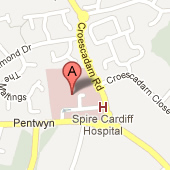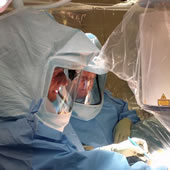Conditions
Here at The Cardiff Hip Clinic we specialise in the full spectrum of hip problems in adults including hip pain, arthritis, sports injuries, impingement syndromes, young adult problems, hip trauma and painful or failed joint replacements.
To book a consultation please call the Spire Cardiff Hospital Outpatient Bookings line on 029 20 542665.
If you have any queries or questions before booking your appointment, please do not hesitate to call Sharon on Mr Maheson's direct office line on 029 2105 1419.



